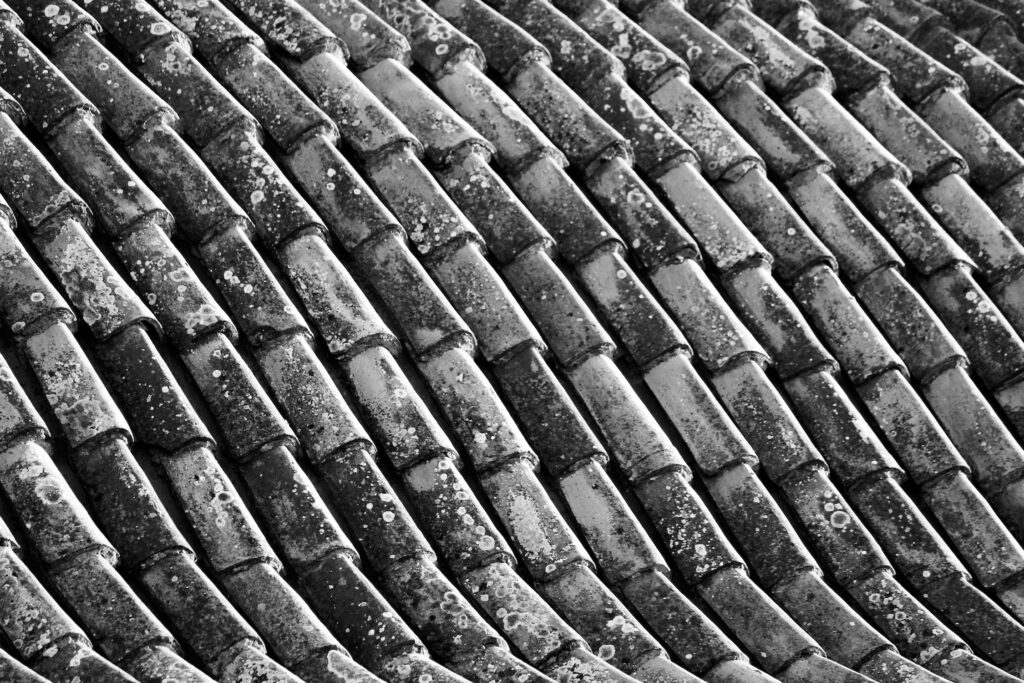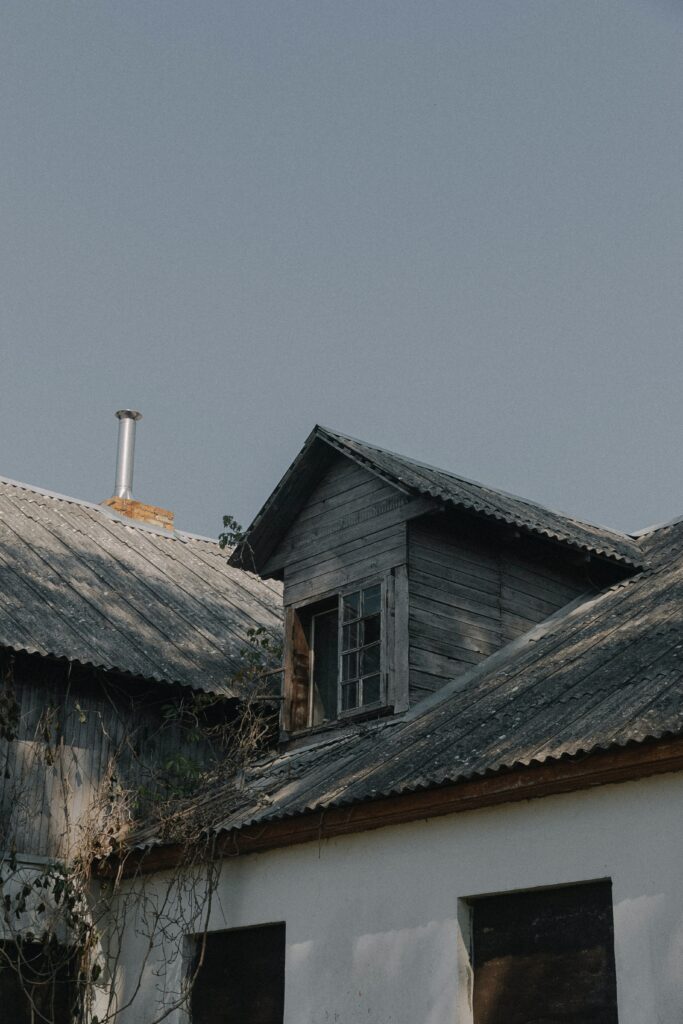Demystifying Asbestos in Roofing: A Comprehensive Guide to Safety and Solutions
Asbestos has played a significant role in the history of construction, including its use in roofing materials. It’s important for homeowners and professionals alike to understand its history, the potential risks, safety precautions, and available solutions. In this blog post, we’ll delve into the world of asbestos in roofing and how SNR Roofing can help you address any asbestos-related concerns.
1. A Brief History of Asbestos in Roofing
Asbestos is a naturally occurring mineral that was once prized for its remarkable durability, heat resistance, and insulating properties. It found widespread use in construction, including roofing materials, from the early 20th century until its health risks were fully recognized. Asbestos-containing materials (ACMs) in roofing include tiles, shingles, and corrugated sheets.
2. Identifying Asbestos in Your Roof or Loft
Asbestos-containing roofing materials may still be present in older structures. You’re more likely to find them in roofs and loft spaces of buildings constructed before the 1990s. If you suspect asbestos, it’s essential to take precautions and seek professional guidance before proceeding.
3. Potential Health Risks of Asbestos
Exposure to airborne asbestos fibers poses severe health risks, including lung diseases and certain cancers. It’s crucial to handle any suspected asbestos with extreme caution and to avoid disturbing it.
4. Safety Precautions When Dealing with Asbestos
If you need to work on or near asbestos-containing roofing materials, it’s vital to take safety precautions. This includes using personal protective equipment (PPE) such as disposable coveralls, gloves, protective eyewear, and a properly fitted respirator. Additionally, sealing off the work area, wetting down materials to prevent the release of fibers, and ensuring proper ventilation are essential steps.
5. Types of Asbestos and Their Harmful Effects
There are different types of asbestos, with the most common being chrysotile, amosite, and crocidolite. Each type has varying degrees of harmfulness, but all forms of asbestos are dangerous when inhaled. SNR Roofing advises extreme caution when dealing with any type of asbestos-containing material.
6. What to Do If You Discover Asbestos
If you suspect or discover asbestos in your roof or loft, do not attempt to remove or disturb it yourself. Contact a professional asbestos removal company to assess the situation and provide expert advice. They can safely manage asbestos abatement and disposal.
7. Roofing Solutions for Asbestos-Containing Roofs
There are two primary approaches to dealing with asbestos-containing roofs:
- Removal and Re-roofing: This involves removing the asbestos-containing materials and replacing them with safe alternatives.
- Overlay and Seal: An alternative approach is to encapsulate the asbestos with an overlay or sealant that prevents the release of fibers.
8. Available Products and Solutions
Numerous products and solutions are available for both removal and encapsulation of asbestos roofing materials. A professional roofing company like SNR Roofing can assess your specific situation and recommend the most suitable approach.
Conclusion
Asbestos in roofing is a concern for many property owners, but with proper knowledge, precautions, and the guidance of experts, it can be managed safely. If you have any questions or concerns related to asbestos in your roof, SNR Roofing is here to assist you with our expertise and a commitment to safety. Your well-being and peace of mind are our top priorities. Don’t hesitate to reach out for assistance and advice on managing asbestos in your roofing.

